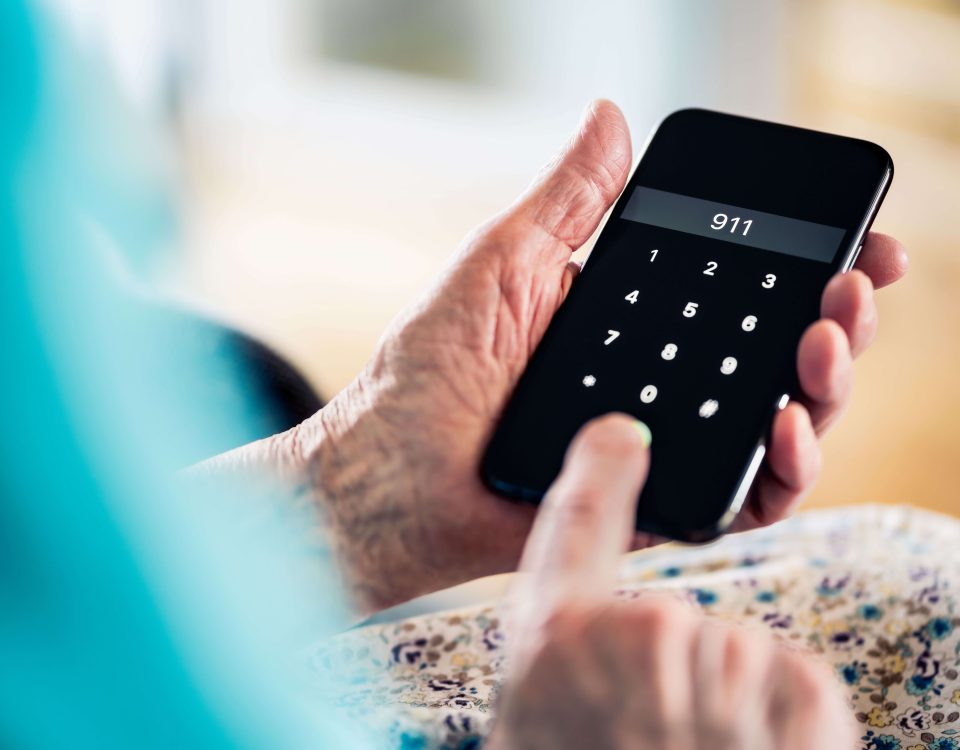- Have any questions?
- 412-123-4567
- noreply@upmc.com
How to Administer Narcan®

How to Administer Narcan®
Narcan® can be life-saving for an individual who has overdosed on opioids or a combination of opioids and other medications, drugs, or alcohol. Narcan is an FDA-approved brand name for naloxone, a drug that temporarily stops the effects of opioids. Narcan is only effective when there are opioids present in the body.
In the event of an overdose, knowing how to administer Narcan can save someone’s life. Here's how to identify and help someone who may be experiencing an overdose, including how to administer Narcan:
1. Look for Symptoms
Common signs that someone is experiencing an overdose may include:
- Unresponsive or unconscious
- Gasping, snoring, or no breathing at all
- Shallow or slow breathing
- Blue lips and blue fingertips
- Clammy skin
2. Call 911
If you suspect someone has overdosed, call 911 immediately. Clearly state that you need an ambulance, along with your exact location and phone number.
Note that most states have enacted Good Samaritan laws, which may offer protection for those who report an overdose in good faith, even if criminal activity is involved. These laws encourage members of the community, family members, and friends to call 911 in the event of witnessing an overdose. This law offers criminal and civil protections, so the witness can contact authorities on behalf of overdosed individual.
3. Ensure an open airway
The primary problem with an overdose is inadequate respirations. Ensure the individual has an open airway that is free of obstructions and lay the individual on their side.
4. Administer Narcan
In the event of an overdose, and if you have it available, administer Narcan to the individual. Ideally Narcan would be administered within two to three minutes of the overdose, while waiting for emergency responders.
No special training is required to use Narcan, however it is encouraged to read all directions before administering Narcan.
- If assembly is required: Remove the yellow caps from the ends of the plastic applicator, then remove the red or purple cap from the medical cartridge. Connect the two ends, gently twist, and then twist the nose piece on top. Tilt the person’s head back, and spray half of the Narcan into one nostril and the remaining half into the other nostril.
- If the spray does not require assembly: Remove the device from the package. Hold the device with your thumb on the bottom of the plunger and two fingers on the nozzle. Insert the spray into one nostril and give a quick, firm push.
If the individual does not show any change after 3-5 minutes, administer a second dose of Narcan if available. Emergency responders may be onsite before a second dose is administered.
If a second dose does not revive them, then something else may be wrong. For example, they could be overdosing on a non-opioid drug, or the opioids could contain Fentanyl. The same symptoms could also be due to a medical condition no related to an overdose.
It is important to stay with the person until emergency responders arrive. Be sure to keep the person on his or her side even if they are temporarily revived from Narcan.
5. Stay With the Person Until Help Arrives
Narcan only lasts 30 to 90 minutes, where the effects of opioids may last longer. It is possible for the individual to experience overdose symptoms once Narcan wears off.
After Narcan is given, the individual may also experience immediate withdrawal symptoms since Narcan blocks the effects of opioids to the brain. These symptoms may include:
- Agitation
- Anxiety
- Muscle aches
- Restlessness
- Runny Nose
- Sweating
While waiting for emergency responders, be supportive and encourage the individual to stay calm.
More Information on Opioid Addiction, Overdoses, and Naloxone
- If you are someone you know is suffering from a substance abuse disorder, please call the Get Help Now Hotline at 1-800-662-HELP (4357) for more information about treatment resources.
- To learn more about UPMC’s programs, contact the UPMC Center for Opioid Recovery or UPMC Addiction Medicine Services.
- More information on naloxone can also be found on the Allegheny County website.
Sources:



